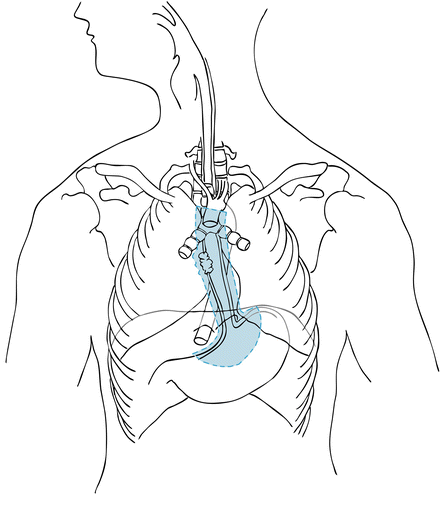

Peter and Claire go slowly and try to keep their balance, but find it difficult. The rest of the episode focuses on how we maintain our balance through ears. Doctor Maestro, diagnosing a boy, tells his mother that he should be careful in the future as loud noise causes stress and unrepairable damage. Then, a short montage of how humans were able to hear much more accurately is shown, cutting to a scene with very loud vibrations, causing Corti organs' cilia to shatter. In the nucleus, the young chief is overwhelmed with messages he has to proceed and realizes it's pain messages. The chiefs recognize it as 140 dB, which is becoming rather painful and pain messengers are sent. The traffic is dense and there is a lot of noise registered by Peter's cochlea. In the outside world, Peter blows his nose and then goes cycling with Claire. They're caught and the Antibodies arrive to neutralize the germs identified as Staphylococci. However, they notice Peter and Claire in Lymphocyte vehicles and duck. In the middle ear, a group of Bacteria with flashlights climbs up the Eustachian tube, planning on causing otitis. The scene switches to the air space in middle ear. Globus explains to Globin and Hemo where do these vibrations come from. Lieutenant Claire feels that there's something wrong in the area and guides Peter out of the blood vessel. In one of the blood vessels in the tissue of eardrum, the blood residents feel strong shakes. After a while, Claire goes back to playing the song she was at the beginning of episode. In the bloodstream, the Red Corpuscles feel the eardrum vibrations and they, along with other blood components, begin dancing. Inside the nucleus, Maestro, his assistants and some Neurotransmitters gain rhythm as well. This process repeats until the impulse reaches the temporal lobe where the vibrations become sound.Ĭlaire begins to play another music piece on her piano and Peter snaps his fingers to gain the rhythm. The impulse reaches the nucleus and give the messages to sound chiefs. Inside of the nucleus of a nearby neuron, a common Neurotransmitter receives the message regarding vibration and, with others, transmits it down the axon. Once inside the nerve fiber, the Ions, in union, transmit the Neurotransmitters that take appearance on musical notes. One of the workers asks his colleague why can't he hear anything when their job is to transmit the vibrations not convert them into sound. The main chief requests for Sodium Ions to enter the cell and transmit the signals. In one of the cells, the chiefs register medium vibrations coming from Claire's piano. In the mentioned area, Sodium Ions swim freely in cochlea and in between the cells of Corti organ. The vibrations are passed onto the cochlea and to organ of Corti. The scene zooms in Peter's ear canal, reaching the vibrating eardrum and auditory ossicles. Peter, sitting on stairs in front of the door, hears the music and then narrator explains how are the sound waves registered to nerve impulses. The episode begins as a young Claire plays the piano. 3.1.3 Inner ear - it's filled with lymph with following organs:.Consists of three sound bones, called ossicles, and a canal:
#Hammer lymph anvil ear full
3.1.2 Middle ear - the middle region that is full of air and connected to pharynx.3.1.1 Outer ear - the outermost region that has the direct contact to the outside world.The brain processes the information from the ear and lets us distinguish between different types of sounds. Inside the cochlea, there are hundreds of special cells attached to nerve fibers, which can transmit information to the brain. The stirrup touches a liquid filled sack and the vibrations travel into the cochlea, which is shaped like a shell. From the stirrup, the vibrations pass into the inner ear. The anvil passes these vibrations to the stirrup, another small bone which touches the anvil. The hammer vibrating causes the anvil, the small bone touching the hammer, to vibrate. It passes these vibrations on to the hammer, one of three tiny bones in your ear. The ear canal channels the waves to your eardrum, a thin, sensitive membrane stretched tightly over the entrance to your middle ear. Sound waves enter your outer ear and travel through your ear canal to the middle ear.

The human ear has three main sections, which consist of the outer ear, the middle ear, and the inner ear.


 0 kommentar(er)
0 kommentar(er)
